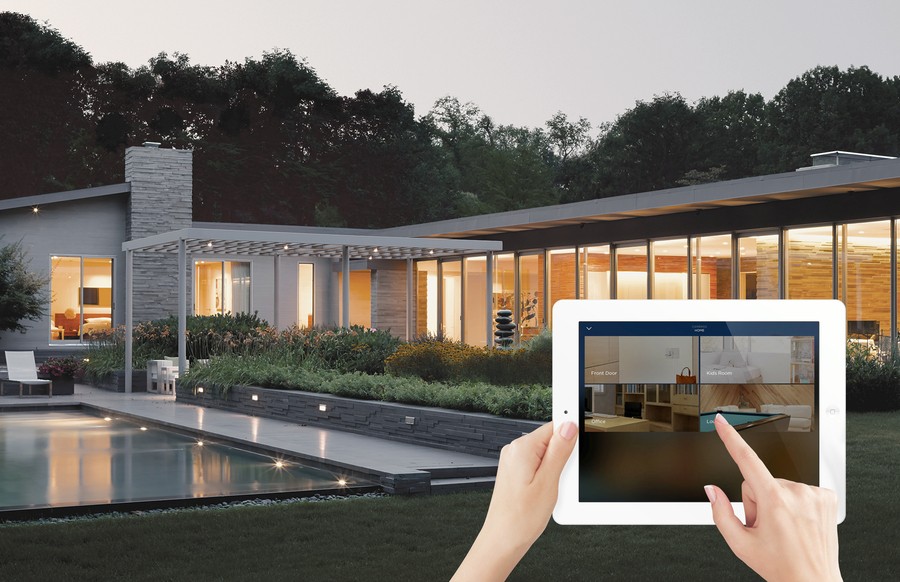
The world is witnessing a paradigm shift towards a more sustainable future. As environmental consciousness takes center stage, eco-friendly homes are no longer a niche trend but a rapidly growing movement. These eco houses, also known as environmentally friendly houses, represent a revolutionary approach to living that prioritizes minimizing our ecological footprint and fostering a sustainable lifestyle.
More Than Just a Trend:
Several compelling factors drive the rise of eco-friendly homes:
- Environmental Concerns: Climate change and the depletion of natural resources have spurred a collective desire to adopt practices that lessen our impact on the planet. Eco-friendly homes are designed to conserve energy and resources, reducing reliance on fossil fuels and mitigating our contribution to greenhouse gas emissions.
- Economic Benefits: Eco-friendly features like solar panels and energy-efficient appliances can significantly lower utility bills. Additionally, sustainable building materials often require less maintenance, leading to long-term cost savings.
- Healthier Living: Eco-friendly homes prioritize using natural materials and ventilation systems, creating a healthier indoor environment. This can minimize exposure to harmful toxins and pollutants often in conventional building materials.
Embracing Sustainable Design Principles:

Building an eco-friendly home goes beyond simply choosing “green” products. It’s about incorporating a holistic design philosophy prioritizing resource efficiency and environmental responsibility. Here are some key aspects to consider:
- Energy Efficiency: Utilizing sustainable materials like recycled content or locally sourced wood reduces the environmental impact of construction. Additionally, features like proper insulation, high-performance windows, and energy-efficient appliances significantly minimize energy consumption.
- Renewable Energy Sources: Integrating solar panels, wind turbines, or geothermal systems allows homeowners to harness renewable energy sources, reducing their reliance on the traditional grid and lowering their carbon footprint.
- Water Conservation: Water-saving fixtures, rainwater harvesting systems, and drought-resistant landscaping practices all contribute to conserving this precious resource.
- Sustainable Waste Management: Implementing composting systems and opting for recyclable or biodegradable materials minimize the amount of waste sent to landfills.
Leading the Charge: Sustainable Living in Action:
Several prominent companies like [insert a relevant company name – avoid mentioning specific competitors] actively contribute to the rise of eco-friendly homes. They offer innovative solutions and developments that cater to the growing demand for sustainable living.
Beyond the Walls: Everyday Sustainability:
While eco-houses represent a significant step towards a sustainable future, adopting a sustainable lifestyle extends beyond the walls of our homes. Here are some ways we can all contribute:
- Reduce, Reuse, Recycle: This timeless mantra remains crucial. Mindful consumption, waste reduction, and responsible recycling practices significantly lessen our environmental impact.
- Embrace Sustainable Transportation: Walking, cycling, or using public transportation whenever possible reduces reliance on personal vehicles and associated emissions.
- Conscious Consumption: Making informed choices regarding the products we purchase, favoring sustainable brands and eco-friendly materials, sends a powerful message to manufacturers and promotes responsible production practices.
The Road to a Greener Future:
The uprising of eco-friendly homes signifies a collective commitment towards a more sustainable future. By adopting sustainable building practices, embracing renewable energy sources, and fostering eco-conscious habits in our everyday lives, we can collectively create a positive impact on the environment and pave the way for a healthier planet for future generations.







